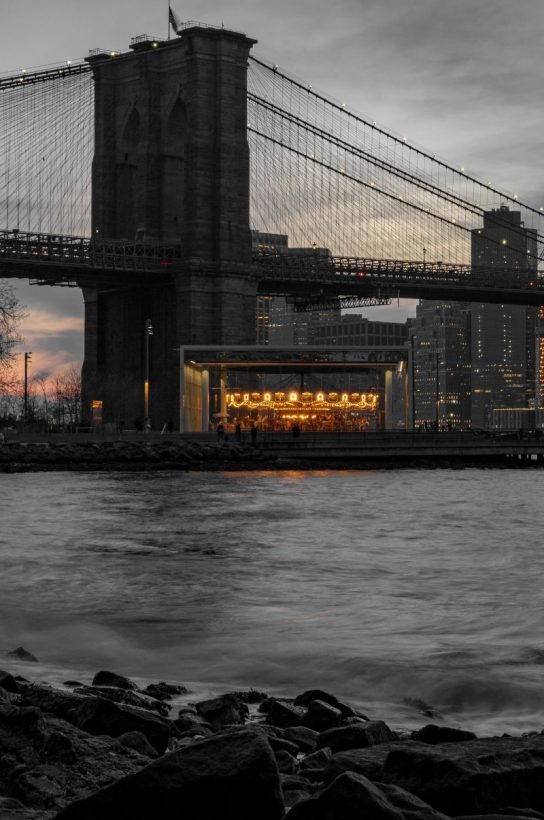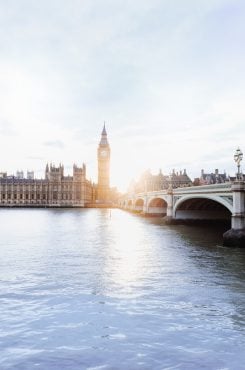So I got to thinking…
Published 5 September 2020

As New Jersey restaurants allow diners to eat inside but New York’s dining rooms remain closed, CODE founder Adam Hyman ponders the future of city centre and neighbourhood dining
I’ve been re-watching Sex and The City from Season 1 over the past couple of weeks. I needed something easy to tune into when I fancied a couple of hours on the sofa. The New York based fictional TV series with many of its scenes set in restaurants and bars across Manhattan has made me nostalgic. Not just for an evening of cocktails and Marlboro Lights but to a pre-smart phones and dating apps era and when dining rooms were buzzy. I still sometimes find myself wondering if this is all some weird dream.
The regular scenes of buzzy upper east side dinner, suit-filled midtown brasseries and noisy Meatpacking District bars reminded me that Manhattan has always been a mecca for those of us in hospitality – fuelling ideas, inspiration and creativity. That taxi ride from JFK when you start to glimpse the famous skyline and you can already anticipate the buzz of that first restaurant you’re going to walk into.
However, today the city is a very different beast from the concrete jungle we all know and love. Swathes of wealthy residents have decamped to the Hamptons or the Catskills to escape the impact of COVID and the city’s restaurants can currently only serve those residents who haven’t left at outdoor seating. Indoor dining is still not permitted in the city. Governor Andrew Cuomo has resisted calls to loosen restrictions and New York mayor Bill de Blasio recently commented that restaurants may not be able to properly open until there is a vaccine.
This current situation has resulted in the tables turning for the residents of New Jersey. Across the Hudson River, restaurants are allowed to seat diners inside. The so-called “bridge and tunnel” crowd are no longer with the residents of Manhattan now having to travel over or under the Hudson to come for a meal. A similar thing is happening closer to home in London. Swathes of the West End and the City are like ghost towns as office workers remain at home and tourists stay away resulting in the term doughnut dining increasingly being used. Restaurants in the likes of Mayfair, Soho and Covent Garden that were once almost guaranteed to be busy every day of the week with officer workers, theatre-goers and hungry tourists are now relying on Londoners to travel into the centre of town for lunch or dinner.
Once seen as trickier locations, neighbourhood restaurants are now in their full stride. Often restaurateurs would rely on bumper weekend trade to assure their survival but are now seeing far more locals use the brasserie or pub at the end of their road as a spot to grab a quick Monday supper or even some lunch as a break from being at their home office. As we continue to grapple with the new normal (whatever that might be) it is seemingly more and more likely that the routine of working in an office 5-days a week is behind us and a some sort of hybrid of working a couple of days in the office and the rest of the week from home is what will be adopted. I’ve no doubt that behind the scenes, central London landlords are trying to come to terms with what this means and restaurants looking to more neighbourhood locations when it comes to expansion.
I for one minute don’t believe it’s the end of city centres but government, local councils, landlords, tenants, residents and all the other stakeholders are going to have to unite to find new ways to keep them fun, exciting and all the other reasons that we live in cities. We better get to thinking.




